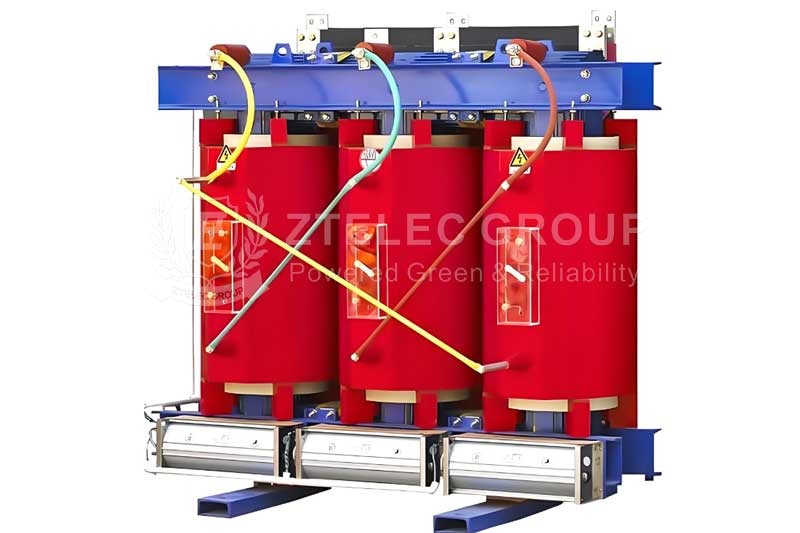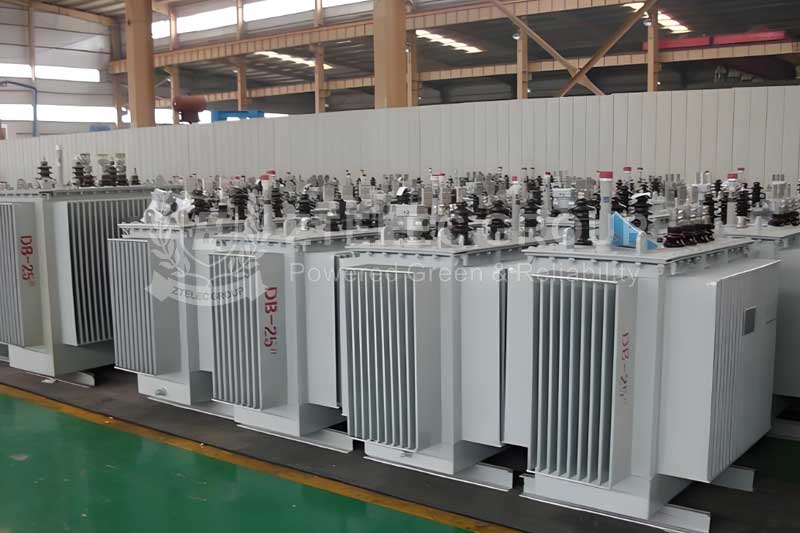What is the maximum load capacity of a transformer?
The Maximum Load Capacity of Transformers
As an indispensable device in the power system, transformers undertake the important tasks of voltage conversion and current regulation. Their maximum load capacity directly affects the stability of the power system and the efficient transmission of electricity. Therefore, understanding the maximum load capacity of transformers and its related factors is of significant importance for ensuring power supply and enhancing electricity safety.

Basic Working Principle of Transformers
The basic working principle of a transformer is to utilize the principle of electromagnetic induction, where two coils interact within a common iron core to convert alternating current (AC) energy of one voltage into AC energy of another voltage. The core structure consists of the primary winding, the secondary winding, and the core itself. Under different load conditions, transformers can achieve efficient electrical energy transmission within a certain range.
Factors Affecting the Maximum Load Capacity of Transformers
1. Transformer Capacity: The maximum load capacity of a transformer is primarily limited by its rated capacity. The rated capacity of a transformer is typically expressed in kilovolt-amperes (kVA), and this value determines the amount of electrical energy the transformer can safely and stably deliver under certain conditions. Generally, the actual load capacity of a transformer should not exceed 80% to 100% of its rated capacity.
2. Cooling Method: The operating temperature of a transformer significantly influences its load capacity. Transformers generate heat during operation, making the cooling method particularly important. Common cooling methods include natural cooling and forced air cooling. Natural cooling is suitable for small-capacity transformers, while forced air or oil-immersed cooling is applicable for large-capacity transformers, which can withstand higher load capacities.
3. Environmental Conditions: The working environment of a transformer can impact its maximum load capacity. For instance, environmental temperature, humidity, and altitude may affect the transformer’s heat dissipation and insulation performance. In high-altitude areas, the pressure is lower, which reduces the heat dissipation capacity of the transformer; thus, the maximum load capacity needs to be appropriately lowered.
4. Load Type: The type of load also affects the maximum load capacity of a transformer. Different types of loads (such as resistive, inductive, or capacitive loads) have various impacts on the operational state of the transformer. Inductive loads typically cause a reduction in power factor, increasing the actual burden on the transformer, necessitating adjustments and selections based on load characteristics.
Oil Immersed Type Distribution Transformer
Methods for Determining the Maximum Load Capacity of Transformers
To ensure that transformers operate stably within a safe range, the industrial sector commonly employs several methods to determine the maximum load capacity of transformers:
1. Selecting Based on Rated Capacity: When selecting the rated capacity, actual electricity demands should be fully considered, ensuring that the rated capacity of the transformer meets future electricity growth needs.
2. Conducting Thermal Load Tests: By performing thermal load tests on transformers, one can observe the temperature rise during actual operation, determining the appropriate load level.
3. Utilizing Load Monitoring Systems: Modern transformer management systems are typically equipped with load monitoring devices that monitor the load conditions in real-time, allowing managers to effectively grasp the operational status of the transformer and identify potential overload risks in advance.
The maximum load capacity of a transformer is an important parameter determined by various factors. In the power system, accurately understanding and calculating the maximum load capacity of transformers not only improves the safety and stability of power transmission but also provides a basis for the optimized operation of the power system. With ongoing technological advancements, the development of smart transformer technology will also offer more efficient and flexible load management solutions for achieving better utilization of electrical energy. To ensure the safety and stability of the power system, all parties should enhance research and practice concerning transformer load capacities, continuously promoting progress and development in the electric power industry.
- more+releated article
- 2025-12-13How to Select and Use Phenolic Cloth-base Lami
- 2025-12-13How Much Does Bakelite Sheet Cost? 2025 Price
- 2025-12-13Why are most 3240 epoxy boards yellow?
- 2025-12-13What are the Main Applications of FR4 Epoxy Bo
- 2025-12-13Why Does the Price of Insulating Paperboard Va
- 2025-12-13Heat-Resistant DDP Insulation Paper
- 2025-12-13Comparison of Heat-Resistant DDP Insulating Pa
- 2025-12-13G10 and FR4 Epoxy Boards: Commonly Used for Ge
- 2025-12-13The Price of Heat-Resistant DDP Insulation Pap
- 2025-12-13How to Choose Epoxy Laminate Materials for Gen






